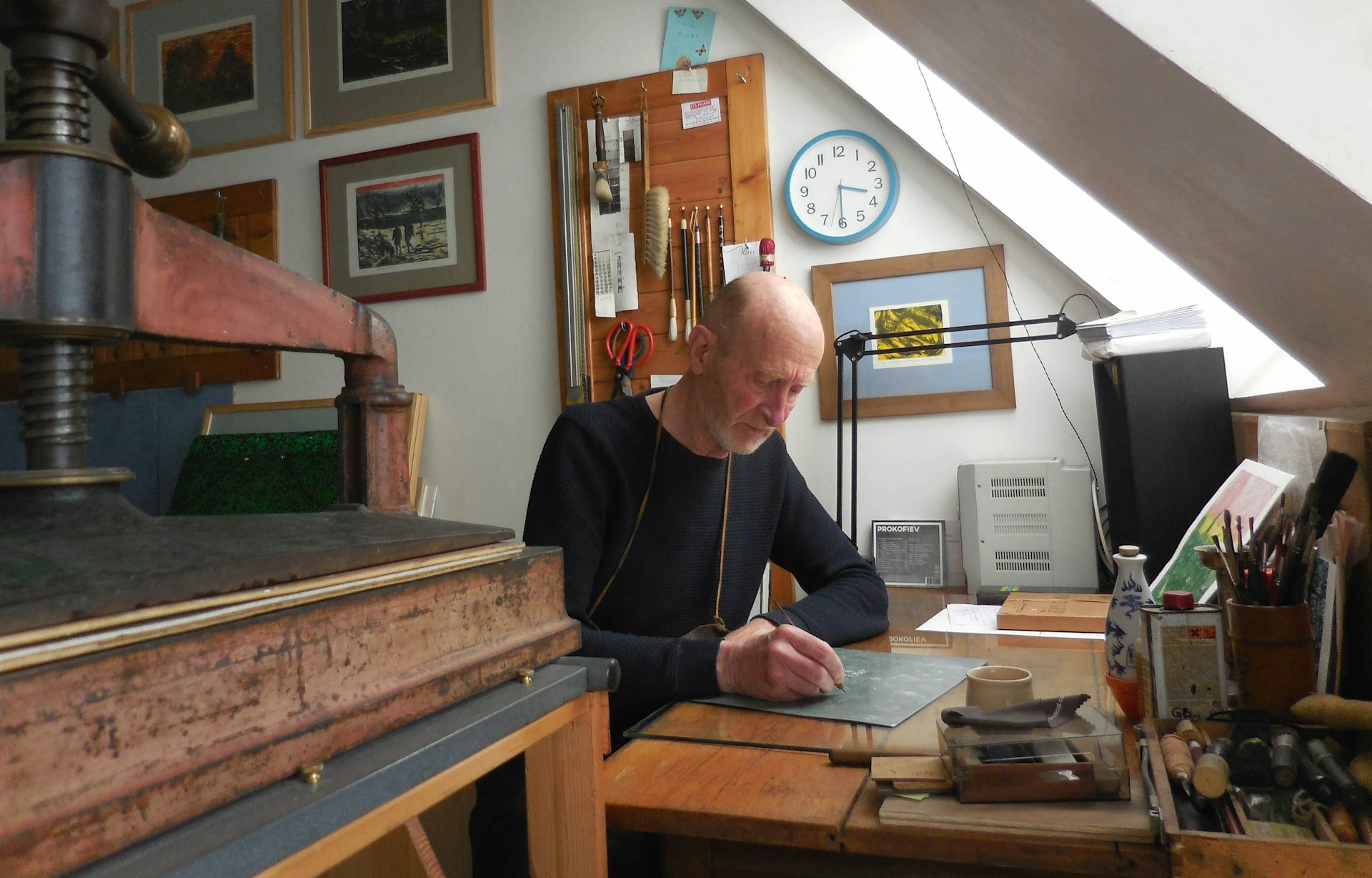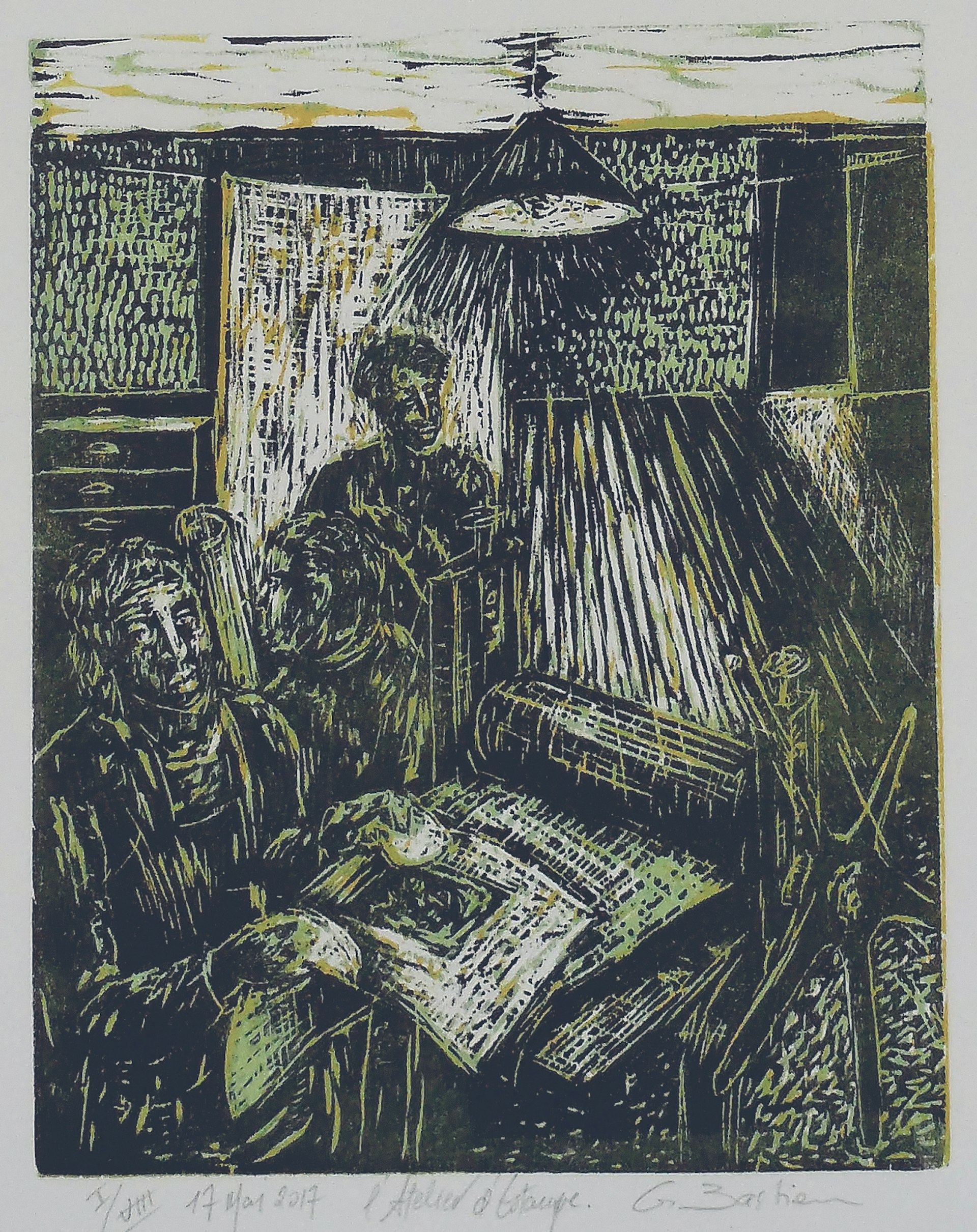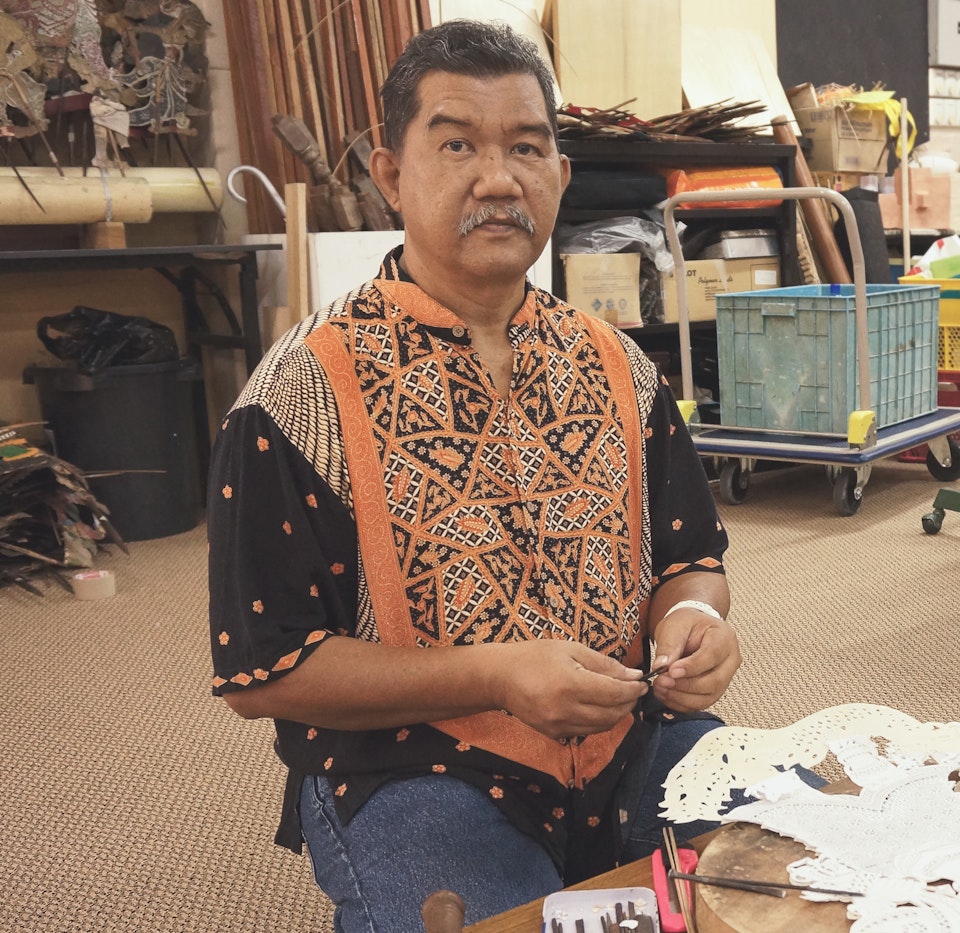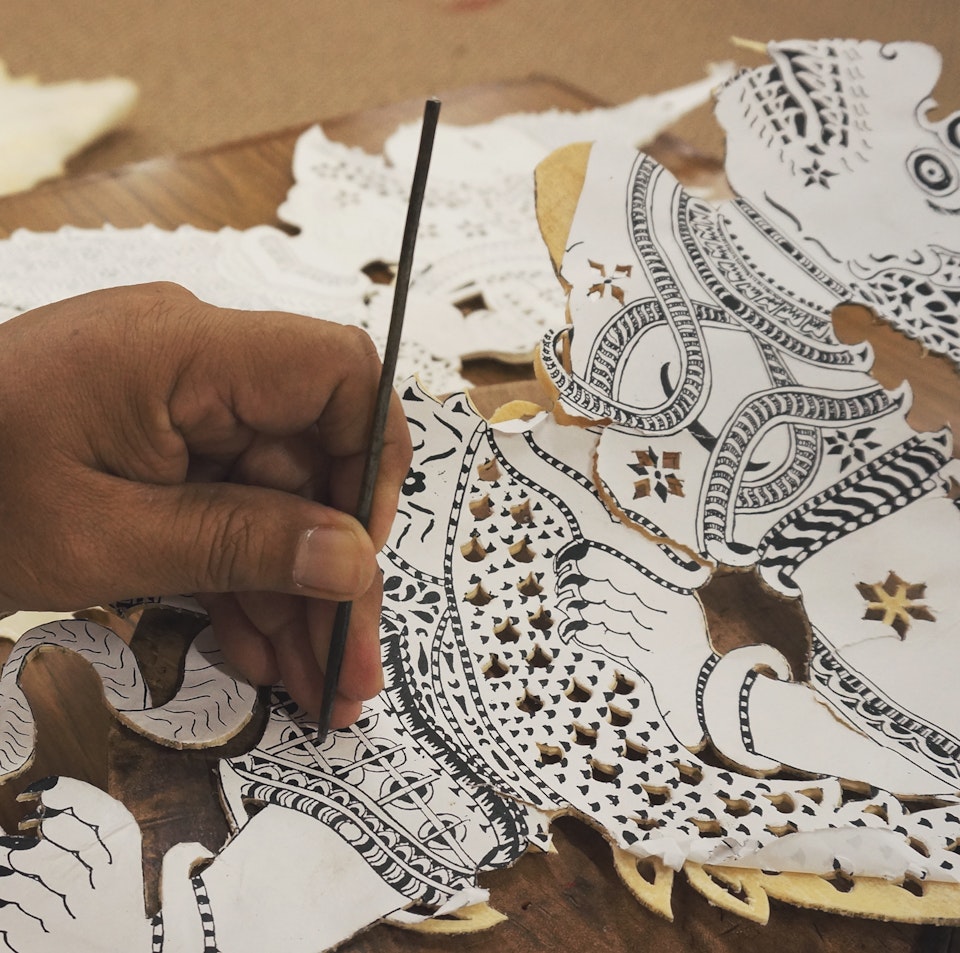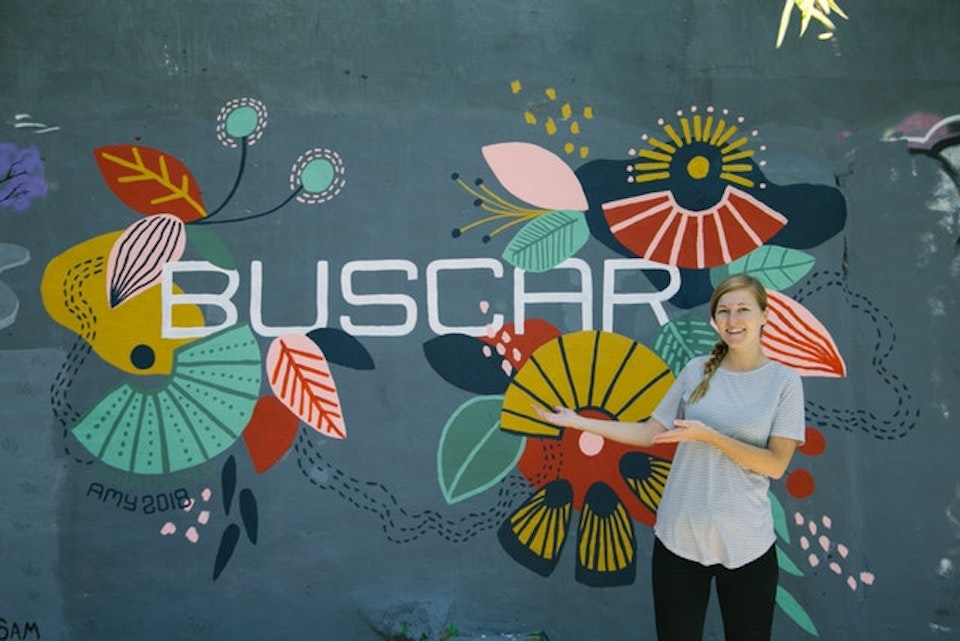June 30, 2021
Walking With The Elder: Present, Past and Future
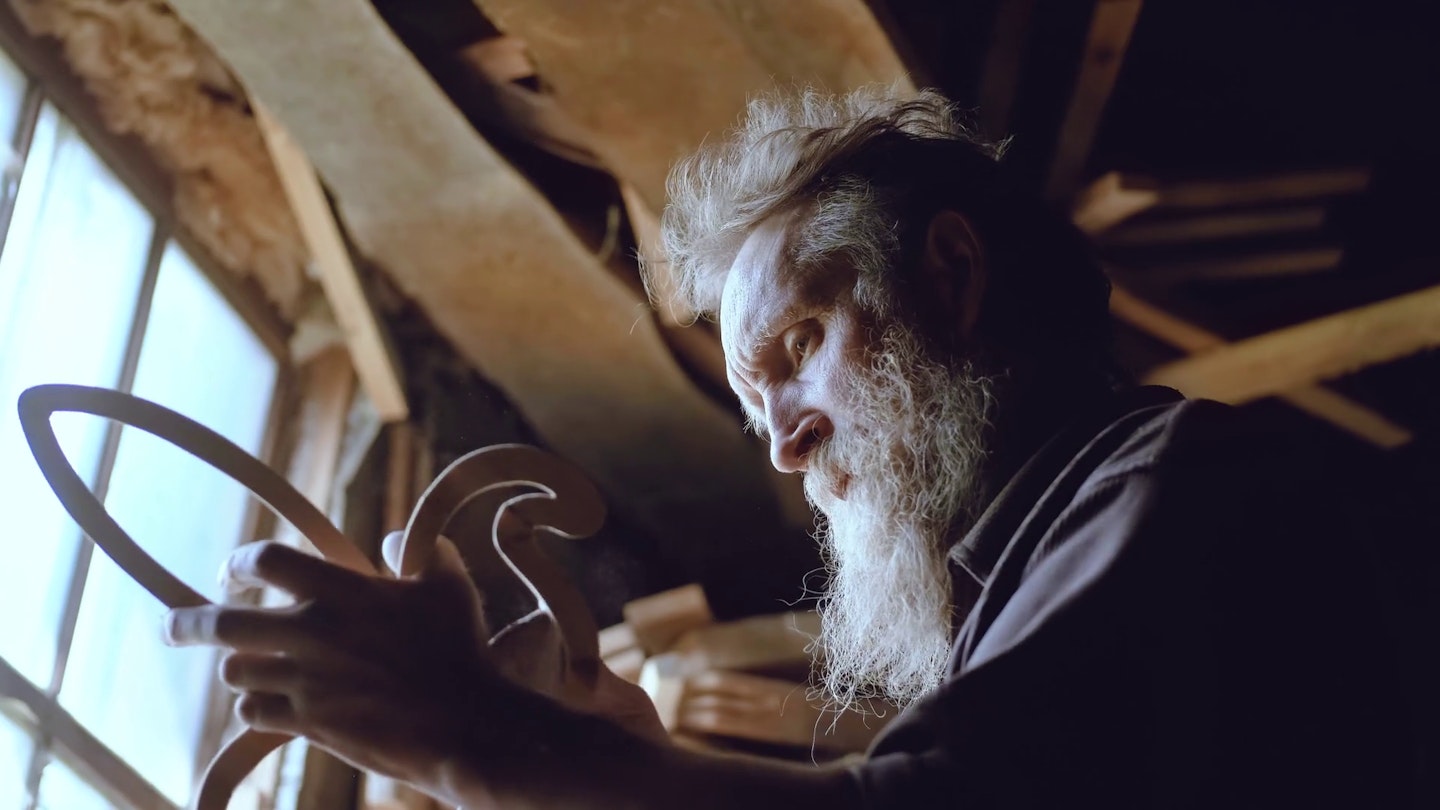
Wrinkles and fine lines, grey hairs, varicose veins, slow footsteps, shaky movements… In our image-obsessed society, such signs of ageing may cause some serious discomfort. We may fear old age catching us in its grip, we may pity those already afflicted. But in various cultures across the globe (more frequently in the East) there are perspectives on old age that are quicker to recognise the magic beyond what is only skin deep.
Rather than only seeing frailty, we may look upon the slower movements and odd trembles as indications of deep power. There are brilliant fireworks of energy, carefully contained within vessels that are ultimately temporary. Those crisscrossing lines marking faces is life writing its stories, skin becomes a star-like codex. The purple-green rivers have risen to the surface with the multitude of memories ebbing and flowing. Simply by existing, our elders make an important contribution to our modern world as guides. They have faced numerous obstacles, been illuminated by countless joys, and have acquired knowledge that may now be slipping away.
The archetype of ‘the elder’ is one we’re all familiar with.
Carl Jung’s ‘wise old man’ springs to mind, often appearing in wizard form; Gandalf, Dumbledore, Merlin. Or as witches, ‘The Crone’, as identified by Clarissa Pinkola Estes. Fantasy being the ideal vehicle to convey the full potential of the elder’s guiding abilities. Because you see, while the elder has one foot planted firmly in reality - they have lived through all manner of experiences, rites of passage, and face the physical limitations of old age - they also have access to the mystical, the unseen. They are familiar with so many aspects and phases of life, the practical day to day or the ‘horizontal axis’ if you will, which grants them a bird’s eye view perspective. This enables them to enjoy greater movement within the transcendental, or the vertical axis. This balanced presence can act as a safe-haven or a bridge to what really matters, in a world that is so fast-paced we are easily disoriented and overwhelmed by small problems and materialistic distractions.
We may encounter the elder in day to day life, through our relatives of course and through friends. I am fortunate to live next to a well-traveled couple in their late 70s. It’s always an honor to hear their perspectives and stories over a cup of black coffee, in a living room adorned with artifacts from around the world. Even the simplest conversations can restore equilibrium.
The opportunity to live and learn alongside an elder, presents itself perfectly in the form of an apprenticeship.
It is an age-old tradition, to seek out someone who Knows, to uncover new truths and encourage inner growth. Such happenings are celebrated in fiction, as they provide an insightful backdrop to transformative adventures.
Top: Gerard sketching out and outline in his studio. Bottom: One of Gerard's completed pieces, showing workers at a traditional press.
Julie travelled from the United States to France to learn printmaking with Gerard, as a complete beginner. “I’m not an artist. I don’t know how to draw or engrave or paint, and yet this mini-apprenticeship was so gratifying.” Gerard not only opened up his studio, he opened up another world. He took Julie to the Musee Guimet to ‘soak in an exhibit on Japanese woodblock masters’ and showed her how to find inspiration sketching along the Seine. With years of expertise under his belt, having trained under master printmaker Maria Luder in Copenhagen and enjoying international recognition since his first show in 1984, Gerard’s practice is deeply woven into his day to day life. Julie was able to fully immerse herself in an entirely new craft, “in the presence of a master”.
Often we can find ourselves learning in the presence of a young master, but the craft itself carries the traditions and wisdom of many elders who make up its history. VAWAA artists often learned from an older master, or older family member, being the latest in a long line of artistic succession. Malaysian shadow puppet artist Mohd Jufry, started his apprenticeship in this ancient craft with his (master puppeteer) grandfather at age six. The very process of learning inevitably connects you to those elders long gone. We have found a golden thread of knowledge, picked it up and are now able to empathise through our movements and creative intentions.
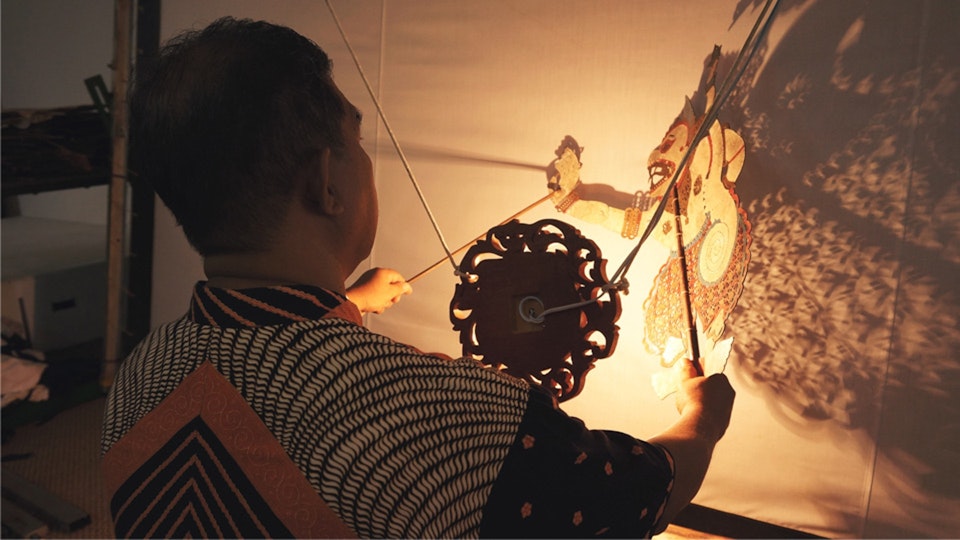
Whatever craft you’re drawn to can almost be personified as a wise and balanced elder.
Discipline and precision leads to the creation of something beautiful, fantastical even, that sparks imagination and gives way to new dreams. Through the meditative benefits of mandala weaving, the spiritual mysticism of ebru painting, the care and precision required for wet plate collodion photography; we embark on a quest and escape the humdrum dust of the everyday.
Even when embarking on a contemporary quest, we can still feel the echoes of ancestors.
“Prior to my VAWAA experience I was intimidated to paint a mural but with Pum Pum's help I realized how approachable and enjoyable painting a mural can be.” Amy said of her street art experience. Human beings have been painting on walls since the beginning of our story, and yet now we shy away from making our mark. When Amy picked up a brush and boldly painted her statement on the streets of Buenos Aires, she was carrying forward the oldest artistic tradition, in new form and color.
Amy proudly presents her street art
VAWAA and tattoo artist Taiom is creatively empowered by his acute knowledge of his artforms long history. Understanding its story, its developments and various cultural influences, enables him to quickly make connections and communicate through powerful imagery. By honouring and respecting the old ways, he continues the story as a masterful contemporary presence with his own unique style.

This exchange between the old and the new can be a deeply personal one…
as we learned from April’s monthly speaker, Elena Kanagy-Loux. Elena is a celebrated lacemaker, and her textile handiwork keeps her in a kind of conversation with her ancestors. “It seems inevitable that I was drawn to it or that I would end up here. My background is Mennonite and Amish and I grew up in a very crafty and needlework heavy environment, it was very traditional. I learned to quilt and embroider and do all these techniques.” Throughout her adventures, from journeying to Slovenia to learn bobbin lacing, to spending approximately 300 hours making a lace collar for the late Ruth Bader Ginsburg, those elders in Elena’s family tree have been by her side.
By bringing this delicate, slow and intentional craft to our fast paced modern world through TikTok, Elena keeps the spirit of the elder alive and kicking. The history of lacemaking is filled with women whose names and stories were not recorded. They often wove their intricate patterns in dark, damp rooms (to keep the threads intact) and received no recognition for their small yet stunning contributions. Now whenever someone is inspired by Elena’s technicolour corner of TikTok, ‘LaceTok’, and turns away from the screen to try their hand at bobbin lace making, the patterns and pathways made by those forgotten hands are revived and their story lives on.
Our humanity lies in these cultural fingerprints, we are the stories we tell.
By going back to the roots and grounding ourselves with tactile crafts, we also end up looking forwards and preparing for the future. Be it our personal individual future, or a more collective vision. The inner and outer will mirror each other. Being an elder does not just happen. It’s not simply growing old. It takes intention, acquiring new experiences, discovering new pathways. We too can become walking mosaics, so that we may be those important, restorative bridges for generations to come.
Written by Kat Odina Ali
For more stories, tips, and new artist updates, subscribe here.
